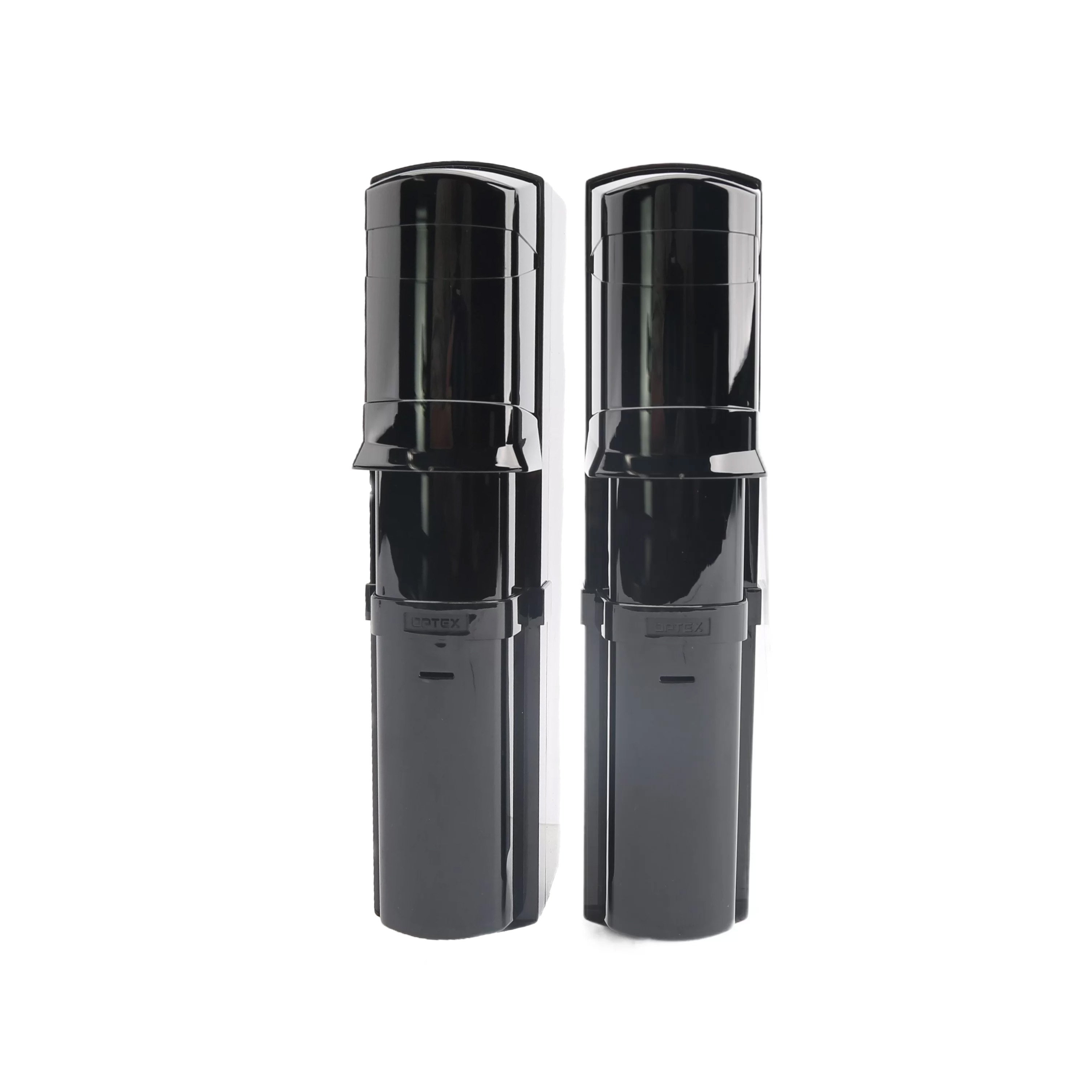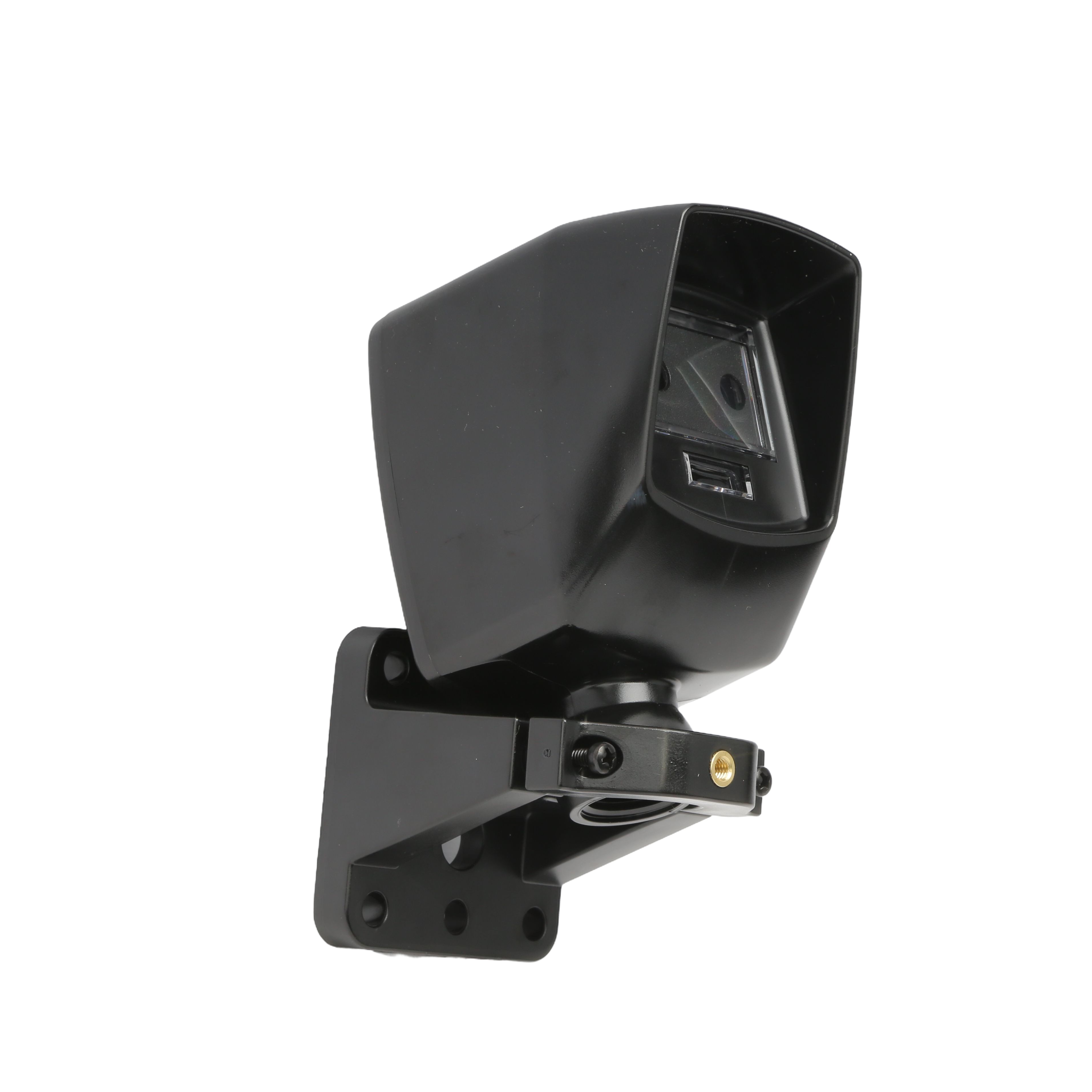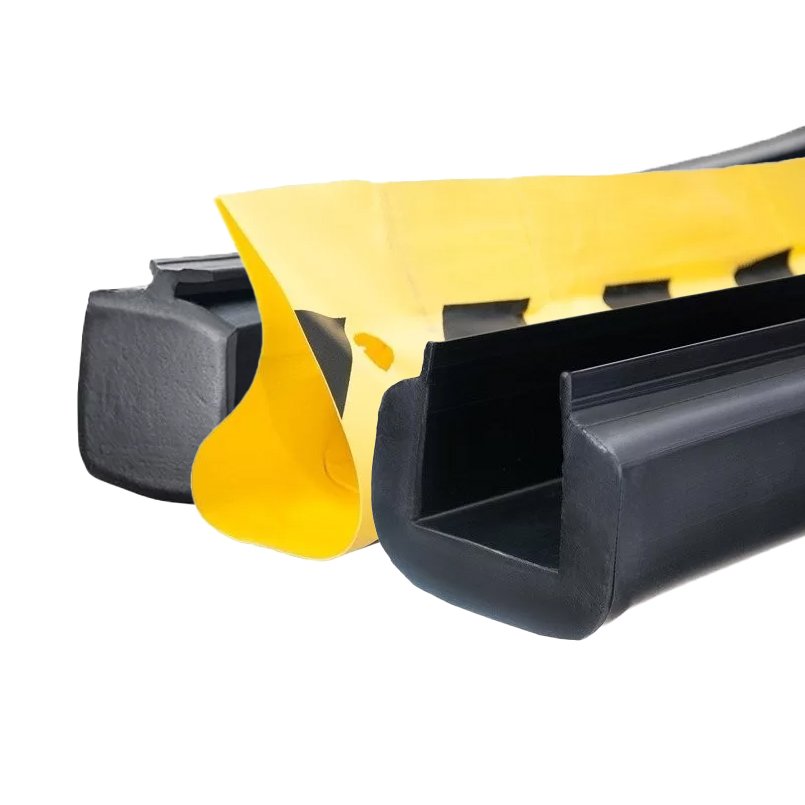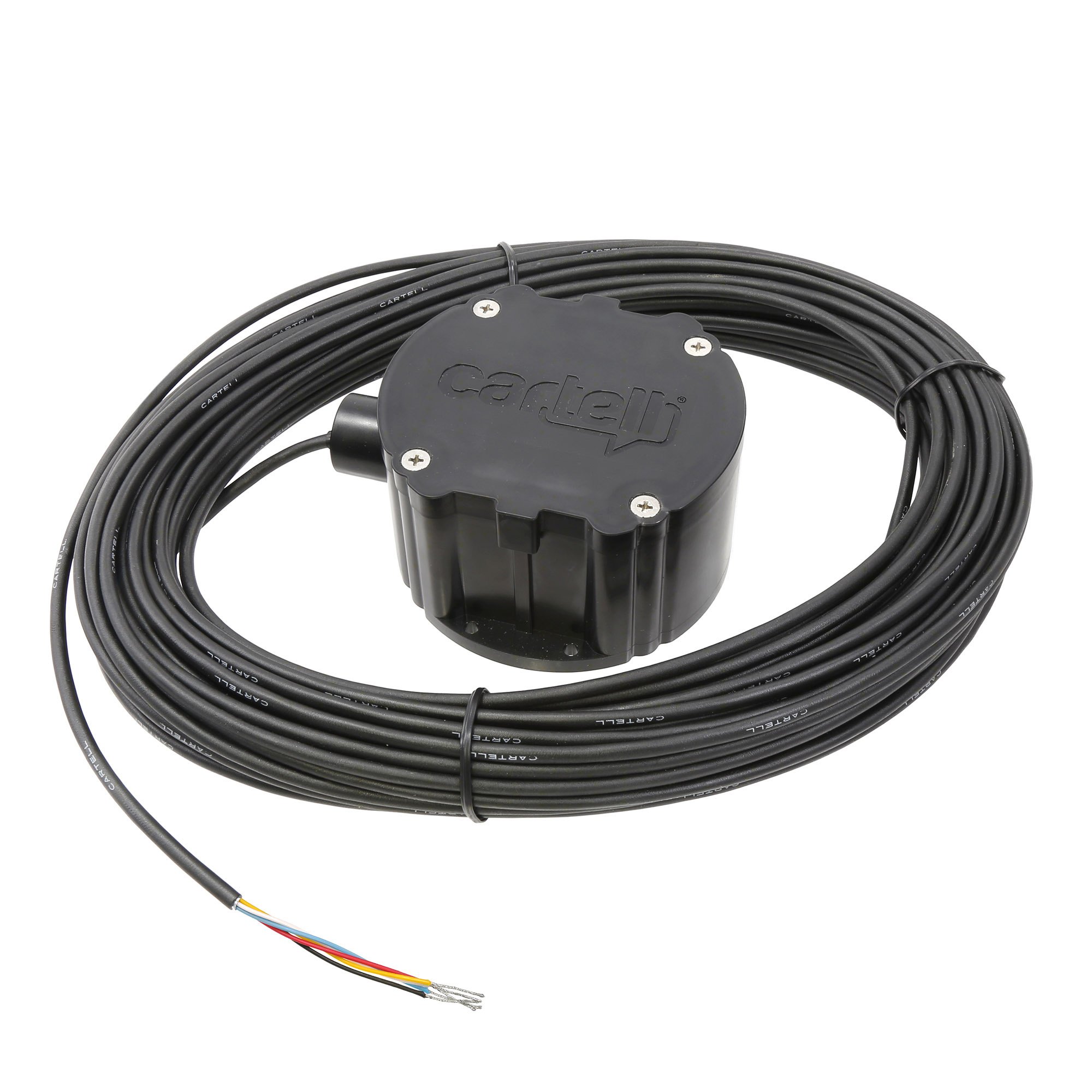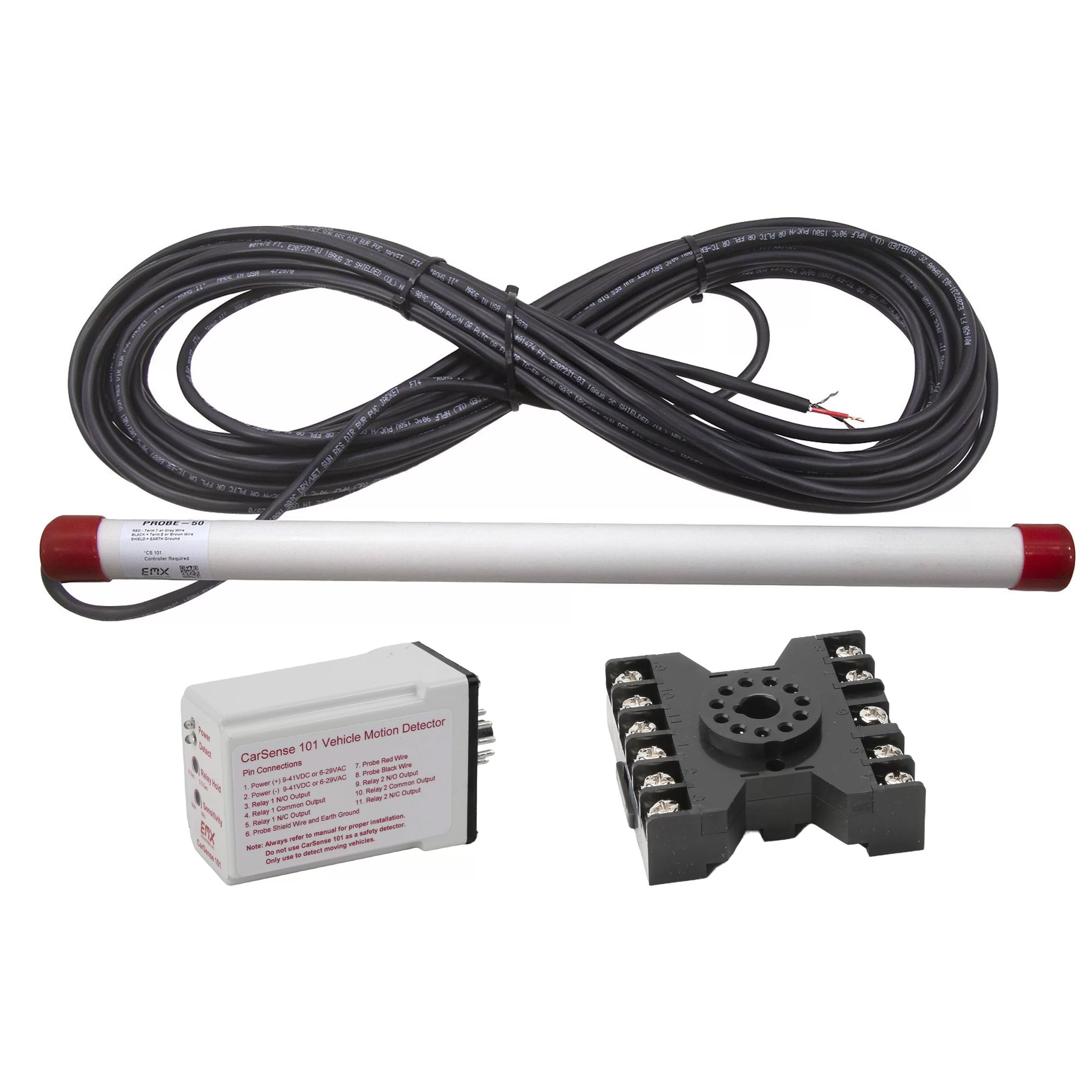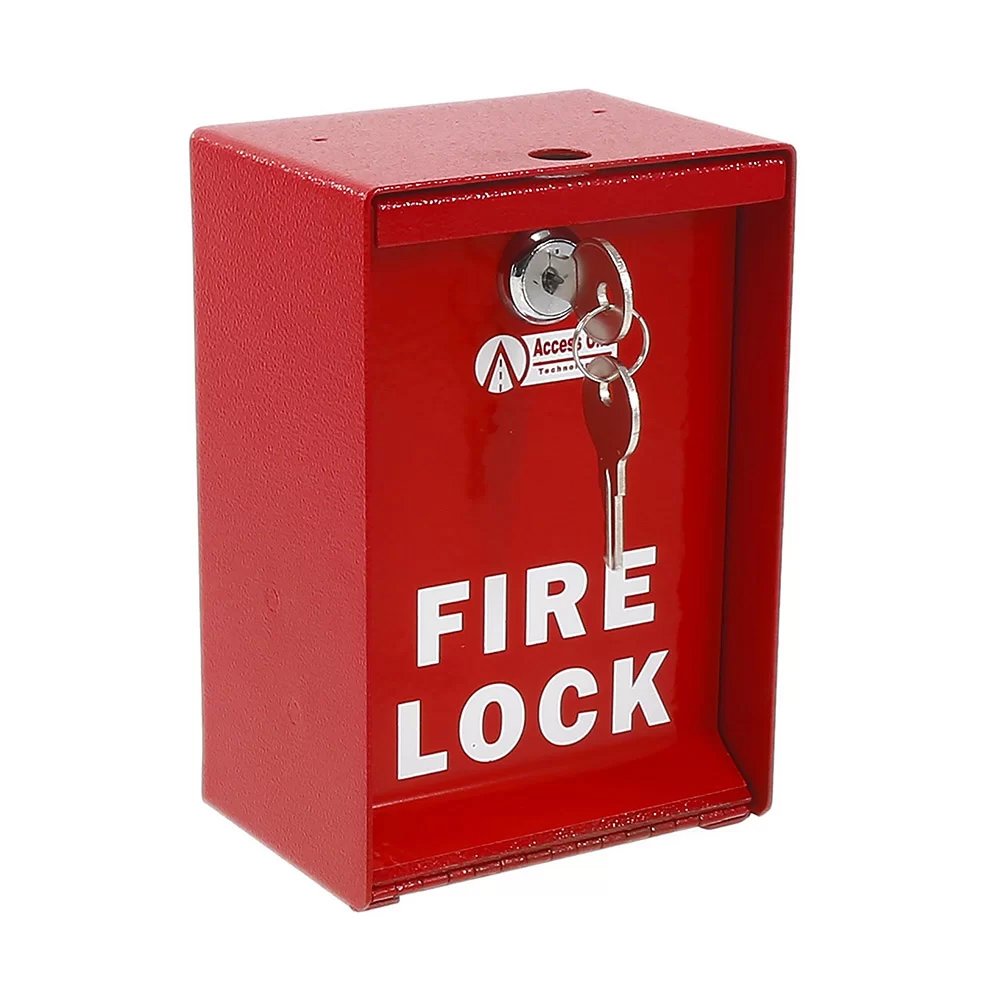If you've ever walked up to an automatic gate and watched it stop mid-close as you approached, you’ve seen a photo eye in action—whether you knew it or not. Photo eyes are those small but essential devices that quietly handle one of the most important jobs in any automated gate system: detecting when something or someone is in the way. Without them, gates would close blindly, increasing the risk of damage or injury. These sensors use beams of light to monitor the gate’s path and instantly send signals when the beam is broken. That signal can tell the gate to stop, reverse, or pause, helping everything run more safely and smoothly. In the world of photo eyes, there are two main types you’ll run into: through-beam and retroreflective. They may look similar from a distance, but they work in different ways and each has its own strengths, especially when dealing with tricky environments like foggy mornings or frosty winters. Whether you’re setting up a brand new system or troubleshooting issues in a wet climate, knowing the difference between the two can save you time, frustration, and possibly prevent a costly accident down the road. Let’s break down how each type works and how they hold up in challenging conditions.
Through-Beam Photo Eyes
Through-beam photo eyes use two physically separate components: an emitter that projects a continuous infrared beam and a receiver that detects that beam from across the gate’s path. The concept is simple—if the beam reaches the receiver, the path is clear. If something interrupts it, the gate is signaled to stop or reverse. This type of photo eye is highly accurate and especially well-suited for situations that require a high level of detection reliability. Because the beam travels in a straight line from one unit to the other, the system offers excellent performance even across long distances or in wide gate openings.
One of the key advantages of through-beam sensors is their resistance to false readings caused by reflective surfaces or environmental interference. Unlike retroreflective setups, which rely on a return signal from a reflector, through-beam systems only care whether the beam makes it across the path. This makes them ideal for outdoor applications where things like sunlight, shiny vehicles, or glass can cause problems for other sensor types. Additionally, these systems can often handle light rain, mist, or dust without misfiring, which is crucial in areas with changing weather conditions.
- Benefit: Higher detection accuracy and longer range make them suitable for wide gates and high-traffic areas.
- Benefit: Less prone to false triggers caused by reflections or environmental interference such as fog or condensation.
- Drawback: Requires power and mounting points on both sides of the gate, increasing complexity and setup time.
- Drawback: Precise alignment is necessary and may need readjustment over time due to gate movement or vibration.
Retroreflective Photo Eyes
Retroreflective photo eyes simplify the setup by combining the emitter and receiver into a single unit. This all-in-one sensor sends a beam toward a reflector mounted on the opposite side of the gate. When the beam bounces off the reflector and returns to the sensor, the system knows that nothing is in the way. If an object breaks that path before the beam makes it back, the sensor recognizes the interruption and responds accordingly. This design makes retroreflective sensors a popular option when access to both sides of the gate is limited or when running wires to multiple points would be difficult or expensive.
The most obvious benefit of retroreflective sensors is convenience. With only one powered device to install, wiring is faster and easier, and placement is less intrusive. This can be especially useful in residential or commercial locations where digging or trenching for electrical work isn’t feasible. In addition, fewer components mean fewer possible points of failure and often a lower initial equipment cost. For applications with moderate distances and limited exposure to environmental extremes, this setup is often more than sufficient.
- Benefit: Single-sided wiring simplifies setup and reduces installation time and costs.
- Benefit: Compact, integrated design works well in tight spaces or where structural access is limited.
- Drawback: Susceptible to false readings or missed detections due to fog, condensation, or reflective surfaces.
- Drawback: Requires frequent cleaning and maintenance to ensure a clear return path from the reflector.
Performance in Various Environments
Environmental conditions can significantly affect how well photo eyes function, especially in outdoor or high-moisture settings. In regions where fog, frost, or condensation are common, through-beam photo eyes tend to maintain better performance because their direct infrared beam is stronger and less dependent on surface clarity. Retroreflective models rely on a clean return path from a reflector, and even small amounts of moisture or dirt can scatter the beam or block it entirely. This makes them more prone to false signals or detection failure in humid or misty environments. Some systems offer features like heated lenses or weather-resistant housings to help minimize these issues. Regular cleaning and proper positioning are also important in extending the life and effectiveness of any photo eye used in less-than-ideal conditions.
| Through-Beam Photo Eyes | Retroreflective Photo Eyes | |
| Performance in Fog or Mist | Performs well; focused beam can penetrate light fog and light condensation with minimal impact. | More susceptible to signal loss or false readings when fog or moisture scatters or blocks the return beam. |
| Condensation Resistance | Can tolerate light condensation; performance remains relatively stable with minor lens moisture. | Lens or reflector condensation can disrupt operation and require frequent cleaning or protective covers. |
| Recommended Environments | Better suited for outdoor, humid, or industrial settings with variable weather conditions. | Best used in cleaner, drier environments or where weather exposure is limited. |
| Maintenance Needs | Needs occasional realignment and lens cleaning but generally stable once installed. | Requires frequent cleaning of both lens and reflector to prevent performance degradation. |
Choosing the Appropriate Photo Eye for Your Application
When you’re deciding between through-beam and retroreflective photo eyes, it really comes down to what the job demands and what kind of environment you’re working with. Through-beam sensors tend to be the more accurate and consistent option, especially for longer gates or outdoor settings where weather plays a role. They require a bit more work upfront, with power and alignment needed on both sides, but they’re often worth it for the reliability. Retroreflective photo eyes are easier to set up and do the trick in more controlled environments or where wiring is limited, but they might need more attention when moisture or glare is a factor.
Frequently Asked Questions
What Is The Main Difference Between Through-Beam And Retroreflective Photo Eyes?
The main difference lies in how the beam is transmitted and received. Through-beam photo eyes use separate units for the emitter and receiver, while retroreflective models combine both in one housing and use a reflector. This structural difference affects how they perform in different environments and how they are installed. Through-beam systems are more reliable in adverse conditions, while retroreflective units are easier to set up.
Which Type Of Photo Eye Is Better For Outdoor Use?
Through-beam photo eyes are generally better suited for outdoor environments, especially where fog, moisture, or dirt are common. They are less sensitive to condensation and can provide more reliable detection across long distances. Retroreflective sensors may work outdoors but often need more frequent cleaning and may be more prone to false readings. Choosing the right sensor depends on the specific conditions of the location.
How Often Should Photo Eyes Be Cleaned?
Cleaning frequency depends on the environment, but checking them monthly is a good starting point for most locations. In dusty, wet, or high-traffic areas, lenses and reflectors may need to be cleaned more frequently. Dirt, spider webs, water spots, and even bugs can interfere with the sensor’s beam. Keeping the sensor and reflector clean ensures accurate performance and reduces downtime.
Do I Need Power On Both Sides Of The Gate For These Sensors?
You only need power on both sides of the gate when using a through-beam sensor because the emitter and receiver are separate units. Retroreflective sensors require power on only one side since the reflector is passive. This difference can impact how easy or complicated the wiring process is. If access to both sides is limited, retroreflective may be more practical.
Can Heated Photo Eyes Prevent Fog And Frost Issues?
Yes, heated photo eyes are specifically designed to reduce the buildup of fog, frost, or condensation on the lens surface. They use internal heaters or heated housings to keep the lens clear in cold or damp environments. This feature is especially helpful in regions with frequent weather changes. While not always necessary, they add a level of reliability where environmental conditions can otherwise interfere with detection.
Contact Us
If you would like additional information about the OAM-Explorerer, other gate safety accessories, safety standards and more, please visit our Resources Hub. Find informational and instructional articles about a variety of gate and door opener accessories for enhanced safety and control.
Please also reach out to our helpful sales representatives with any questions you may have. They are happy to help in any way they can!
Resources Hub Contact Us
